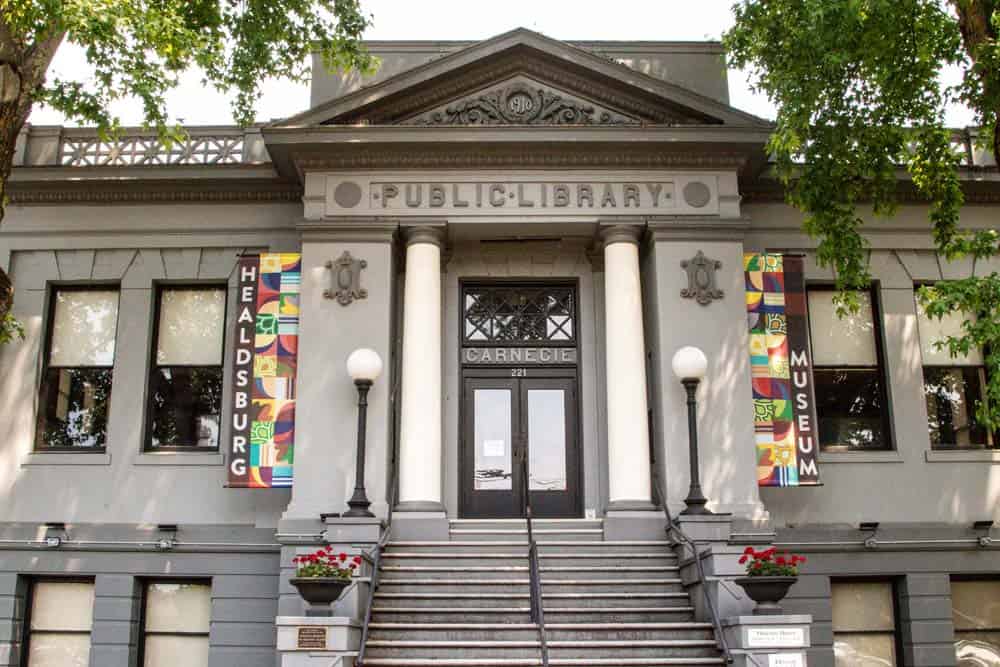
Preserving Prune History at the Healdsburg Museum
Healdsburg, a quaint town nestled in the heart of Sonoma County, is renowned for its lush vineyards and vibrant atmosphere. However, before grapes took over the landscape, California prunes were at the heart of this community. The Healdsburg Museum and Historical Society invited us for a fascinating glimpse into this lesser-known chapter of the town’s history. The museum showcases a collection of artifacts that tell the story of Healdsburg’s prune heritage.
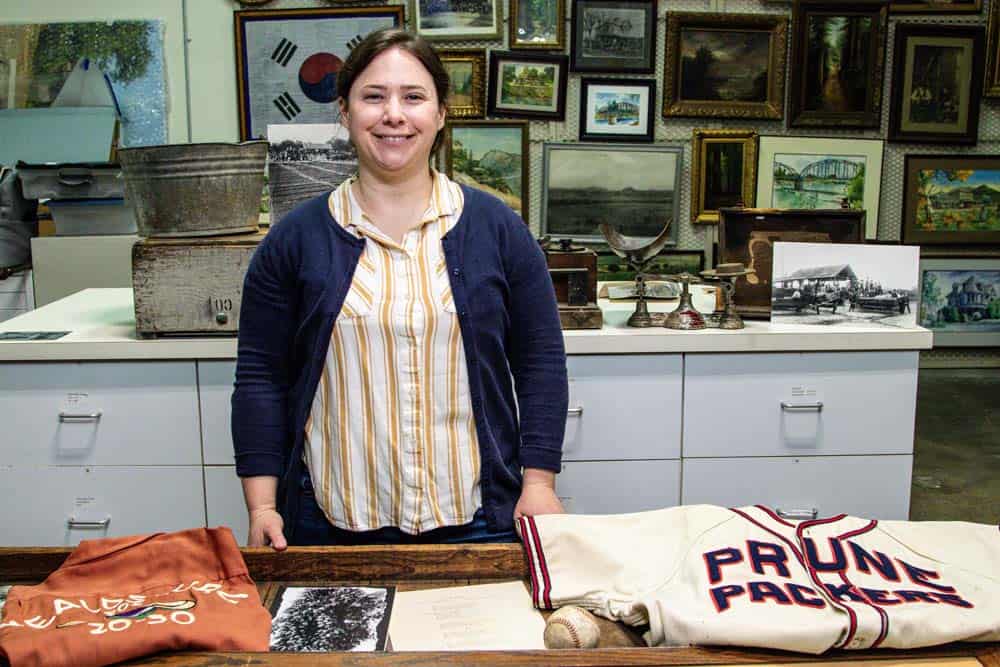
Agricultural roots go deep in Healdsburg deeply intertwining with its history. Lauren Vilicorte, Assistant Curator at the Healdsburg Museum, provides insight to visitors about how prunes are a significant part of the town’s identity. “Healdsburg is known for prunes, hops, and grapes. Those were the three main crops, but starting in the prohibition era, prunes really took hold in Healdsburg. And in 1924, Healdsburg adopted the slogan, ‘the buckle of the prune belt,'” she explains.
The Rise of the Prune Industry in Healdsburg
In the early days, prunes harvesting took place the old-fashioned way. Farmers would pick them by hand, shake them off the trees, dip them in water, and lay them out in big empty fields to dry. The Healdsburg Museum preserves an array of artifacts from this era, including drying trays and buckets for collecting prunes. Today, this labor-intensive is more modernized, with farmers inventing new methods to speed up drying and prevent spoilage from rain.
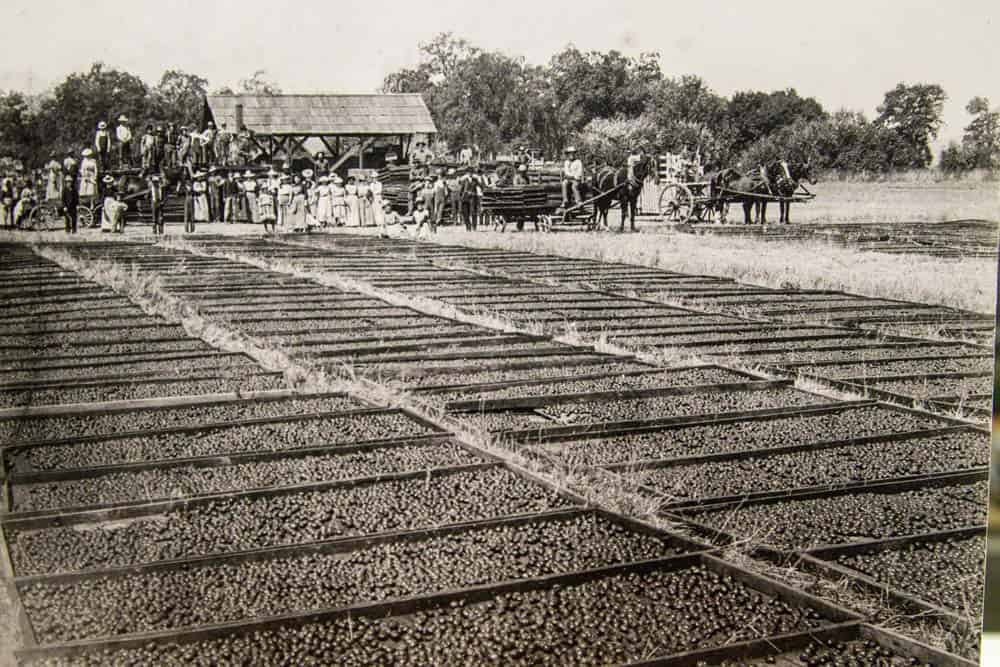
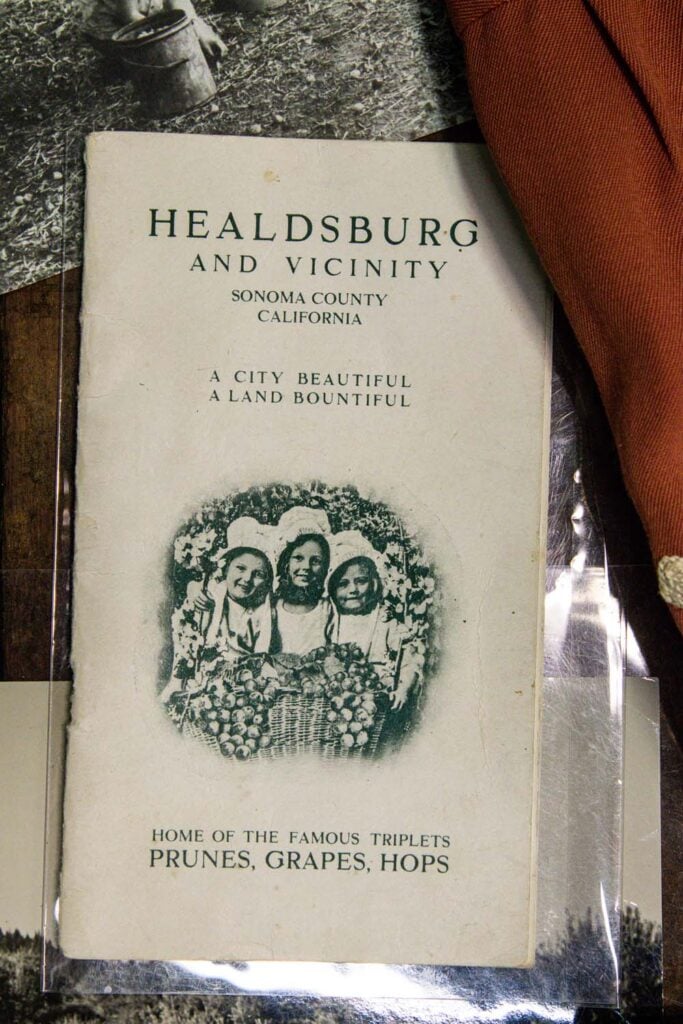
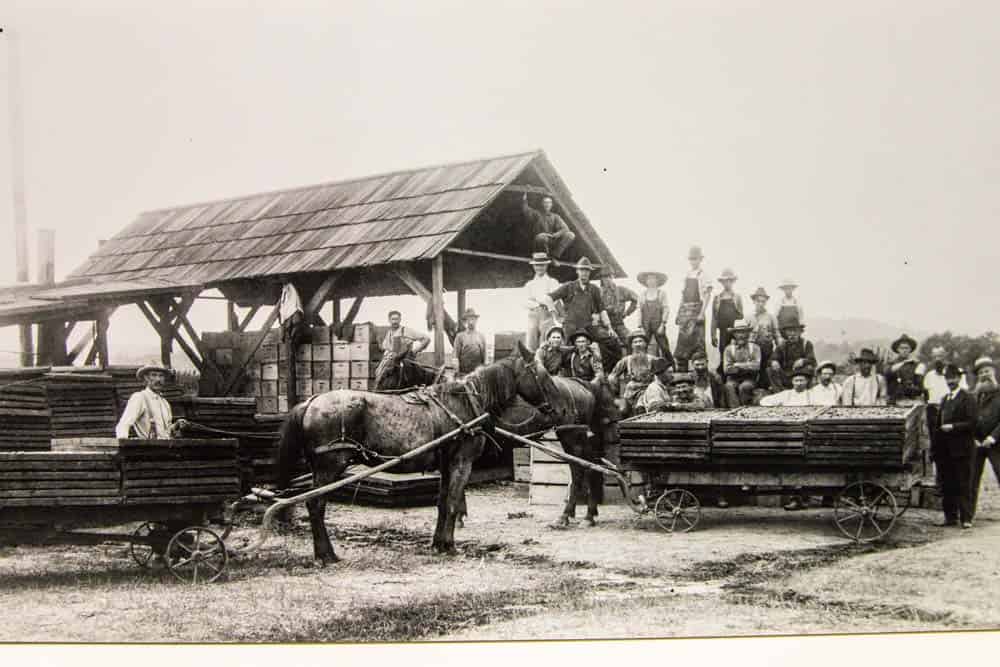
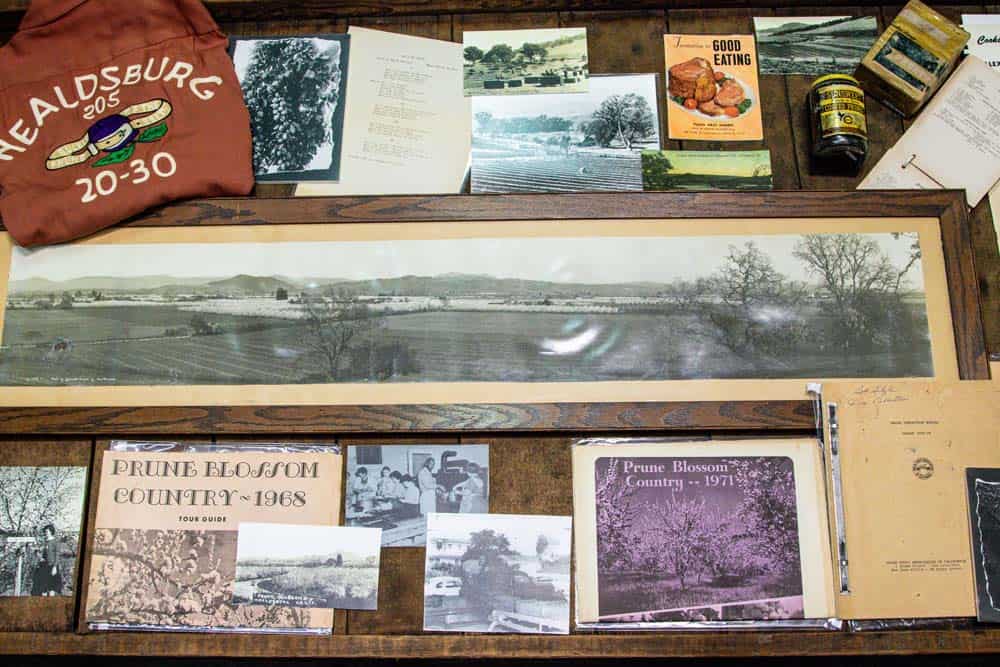
The Healdsburg Museum Chronicles a Community Built on California Prunes
Community spirit has always defined Healdsburg. In fact, community spirit is the defining characteristic of Healdsburg. For example, during the Korean conflict, the town rallied together to support a battalion overseas. They sent magazines, letters, and even chocolate-dipped prunes made right in Healdsburg. This gesture of solidarity highlights the town’s deep-rooted sense of community and its connection to the prune industry.
Lauren shared more about the town’s connection with prunes: “Starting around the prohibition era, prunes got very popular. The hops and the grapes weren’t so popular anymore because they were illegal. And so really what you see is a lot of changing out of crops. Basically, Healdsburg got replanted to prunes, and almost everyone that grew up in Healdsburg grew up picking prunes during the summer.”
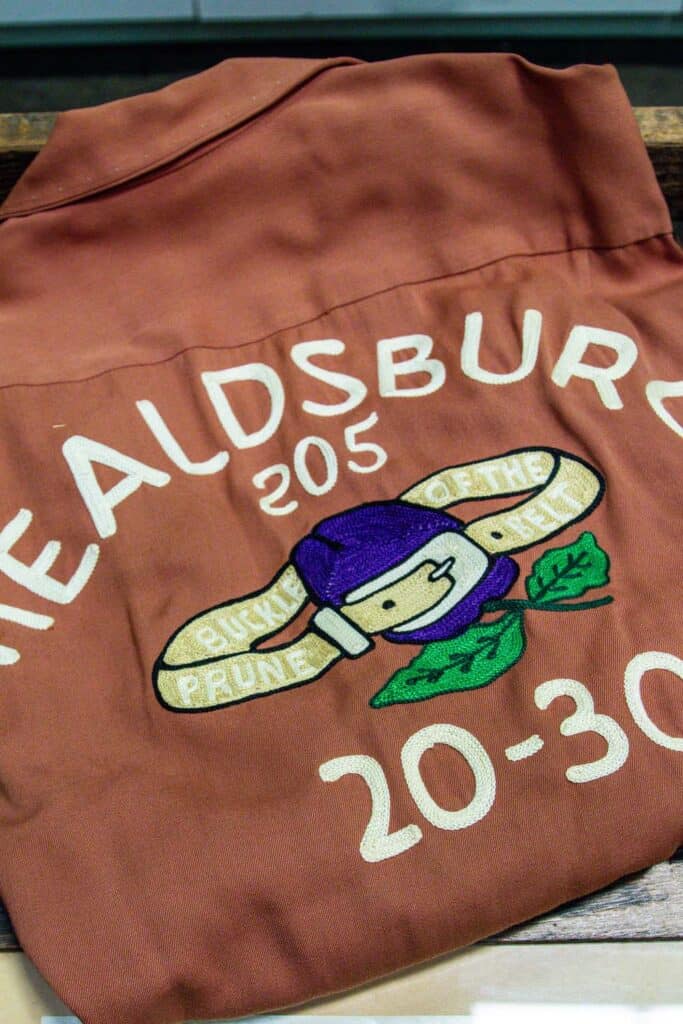
Healdsburg: The Buckle of the Prune Belt
As testament to its prominence in the prune industry, Healdsburg earned the moniker “the buckle of the prune belt,” early 20th century. In fact, this small town in Sonoma County became a vital hub for prune production during the prohibition era. Changes in the legal restrictions on alcohol that caused hops and grape cultivation to decline, combined with the fertile lands of the Healdsburg area perfect for growing this versatile fruit, meant that by 1924, Healdsburg firmly established itself as a leader in prune farming with vast orchards and innovative drying techniques.
Visitors can find out about this history with a visit to the Healdsburg Museum, where they are proud to share this rich history. The museum holds artifacts and stories that celebrate the town’s role in making prunes a staple of American agriculture. While vineyards may dominate the landscape today, Healdsburg’s legacy as “the buckle of the prune belt” remains an integral part of its cultural heritage.
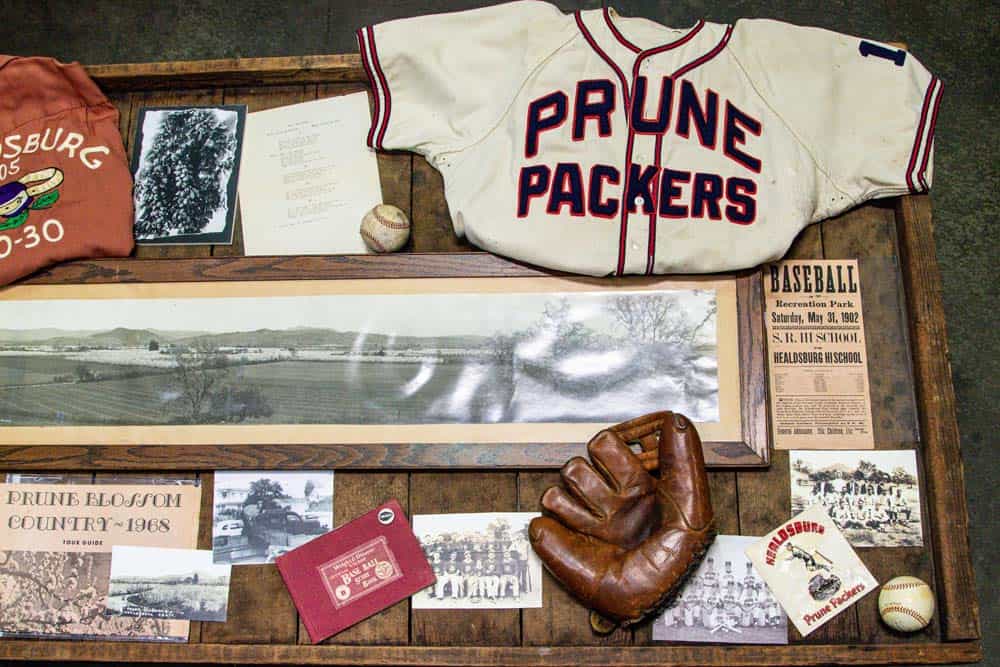
The Prune Packers and Healdsburg’s Legacy
Established in 1921, the Prune Packers baseball team is one of the most beloved symbols of Healdsburg’s prune heritage. The team has and continues to play an integral role in the community’s social fabric. Through wartime, economic downturns, and periods of inactivity, the Prune Packers have endured, and the team continues to delight fans to this day.



The Healdsburg Museum proudly preserves memorabilia from the team’s storied history. Amongst the memorabilia is a shirt worn by Clarence Ruonavaara, a local legend. Ruonavaara played for the team and contributed significantly to the town’s sports scene.
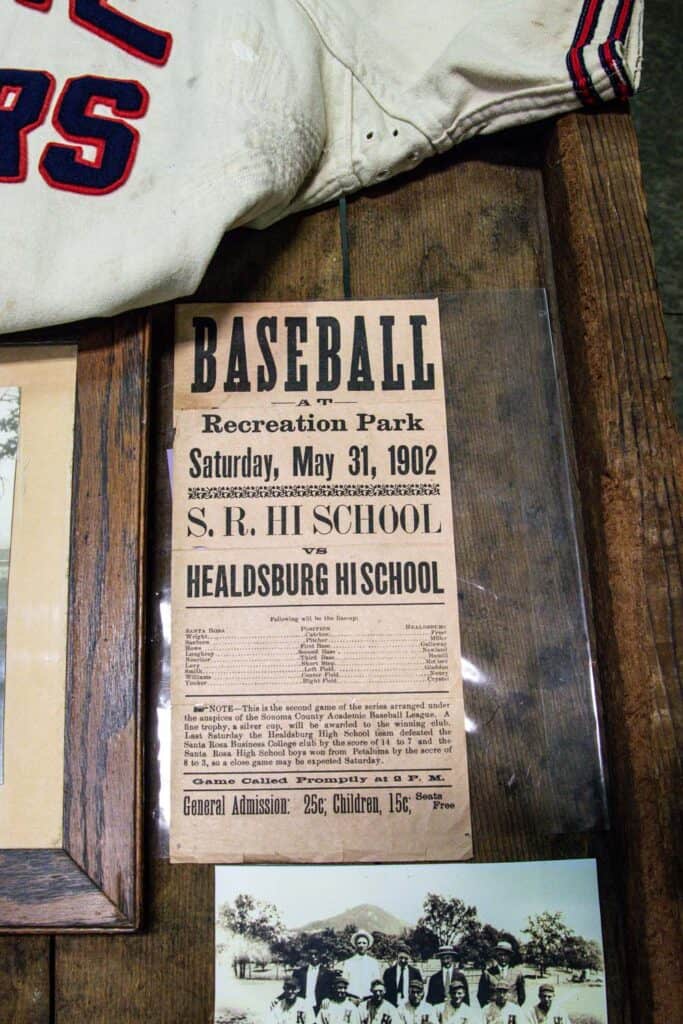
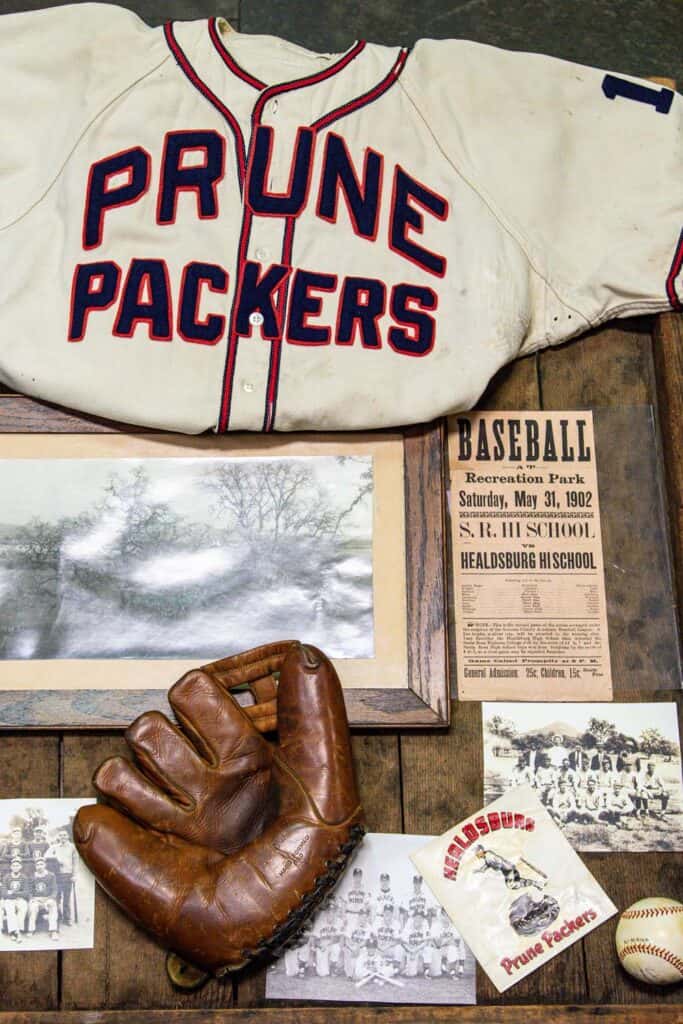
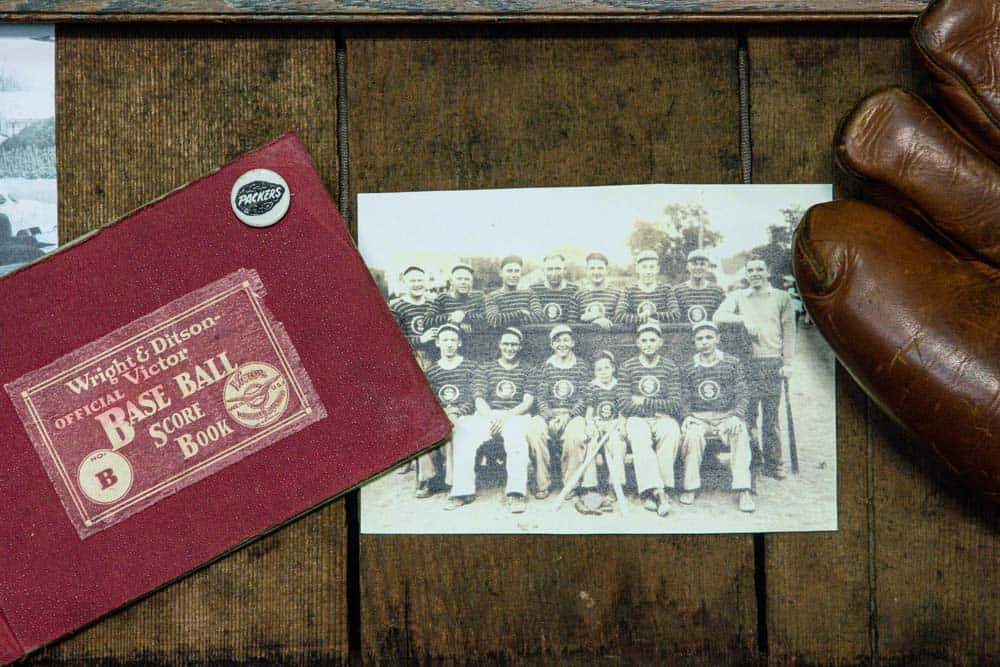
Prunes everywhere! Lauren tells us that in the 1960s, Healdsburg even placed prunes in a time capsule – underscoring the fruit’s importance to the town’s identity. As Lauren recounts, “In the nineties, they pulled it out again, and guess what was in there, prunes! So we have a jar of prunes, some dried prunes. And this just shows how important prunes were to Healdsburg, the identity, the community.”
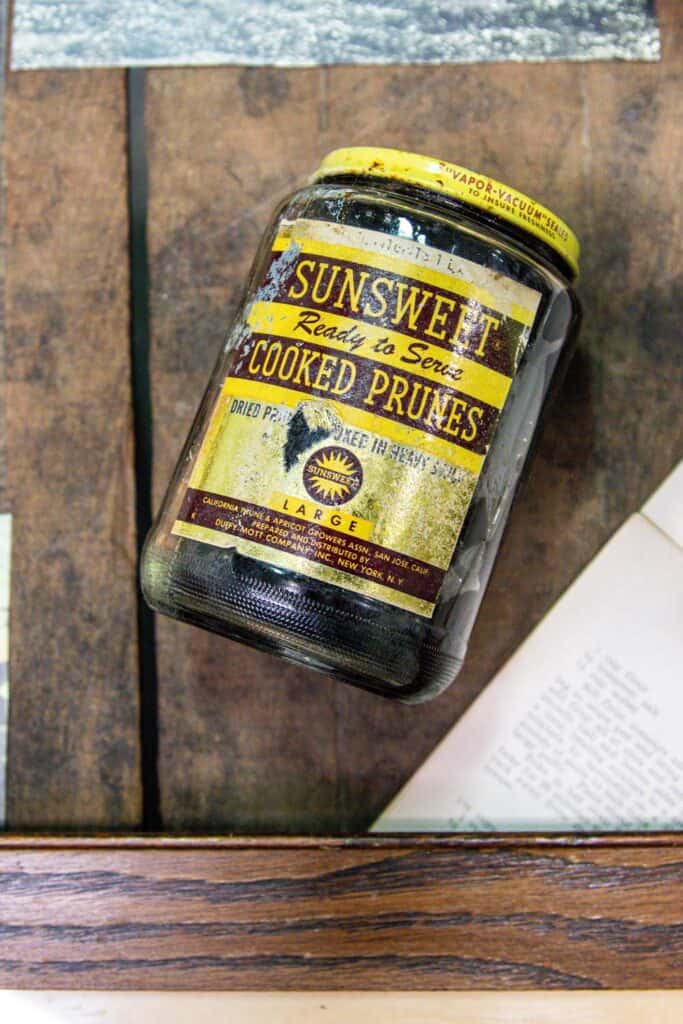
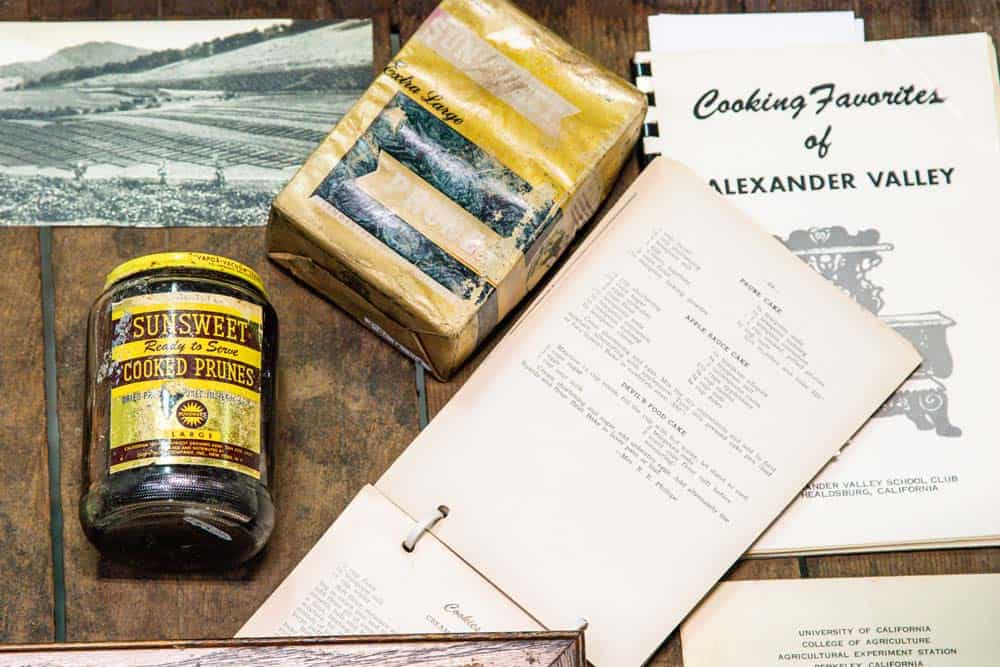
Want to know more about the museum or planning a visit to Healdsburg?
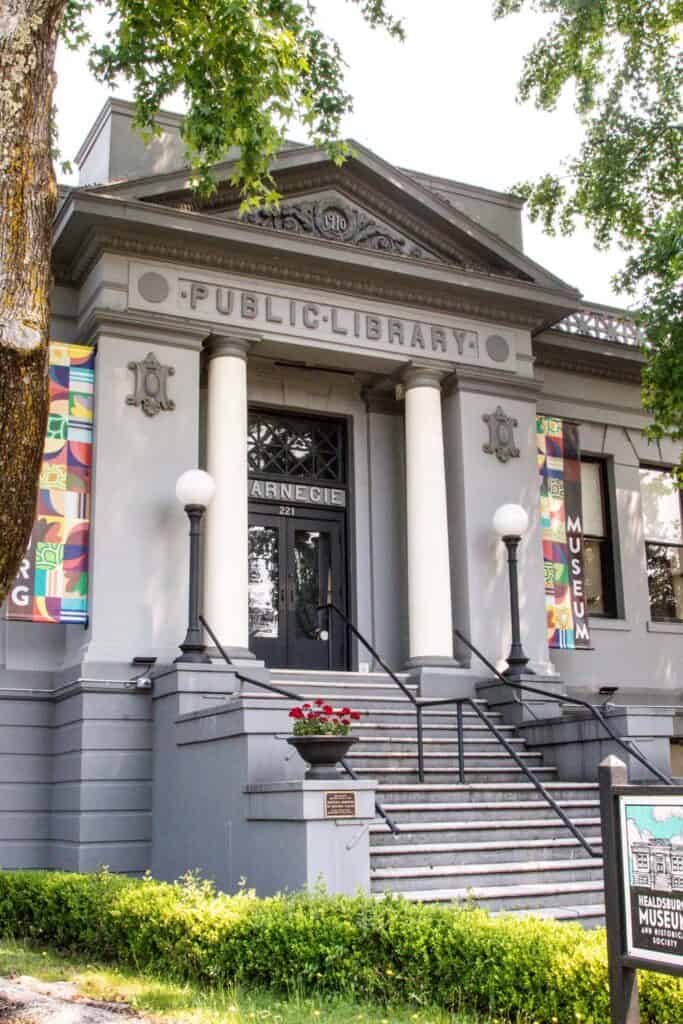
What can you see at the Healdsburg Museum?
Visitors to the Healdsburg Museum can explore a wide range of exhibits that highlight the town’s agricultural history.
The museum’s collection of prune artifacts includes items such as trays, buckets, and tools used in the drying process. These prune farming artifacts however are not on permanent display. Additionally, there is some pretty amazing Prune Packers baseball team memorabilia including uniforms, equipment, and team photos.
What is the aim of the Healdsburg Museum?
It’s the aim of the Healdsburg Museaum and Historical Society to preserve and chronicle the important role of prunes to this community. This includes how it adapted to changing times such as during the prohibition era. Want to know more about how the town’s residents adapted by planting prunes and becoming “the buckle of the prune belt”? You’ll find it at the Healdsburg Museum.
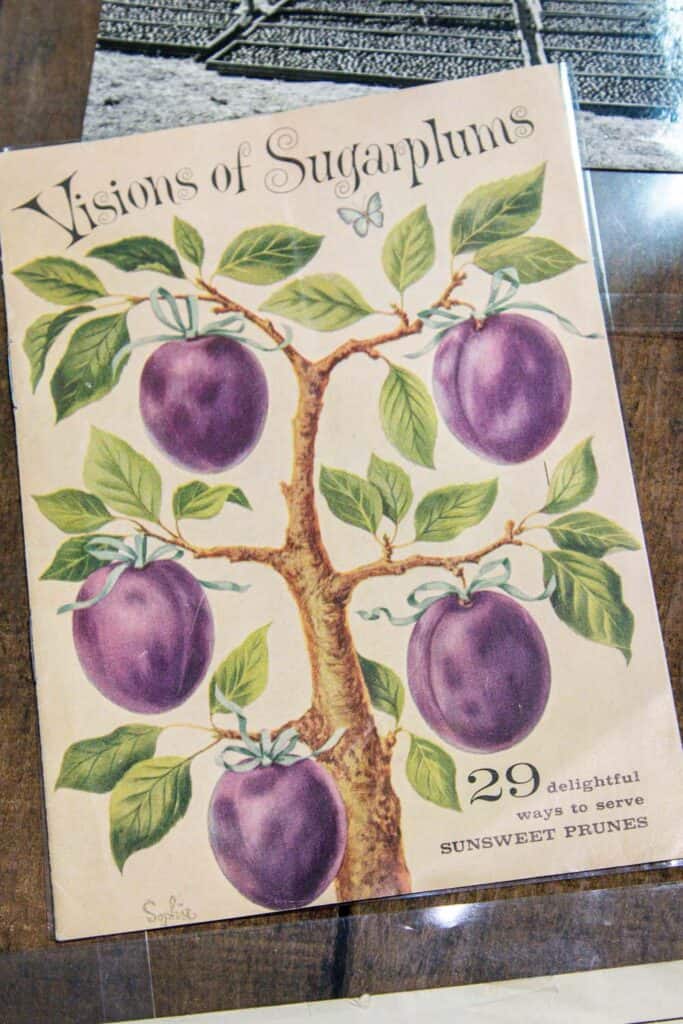
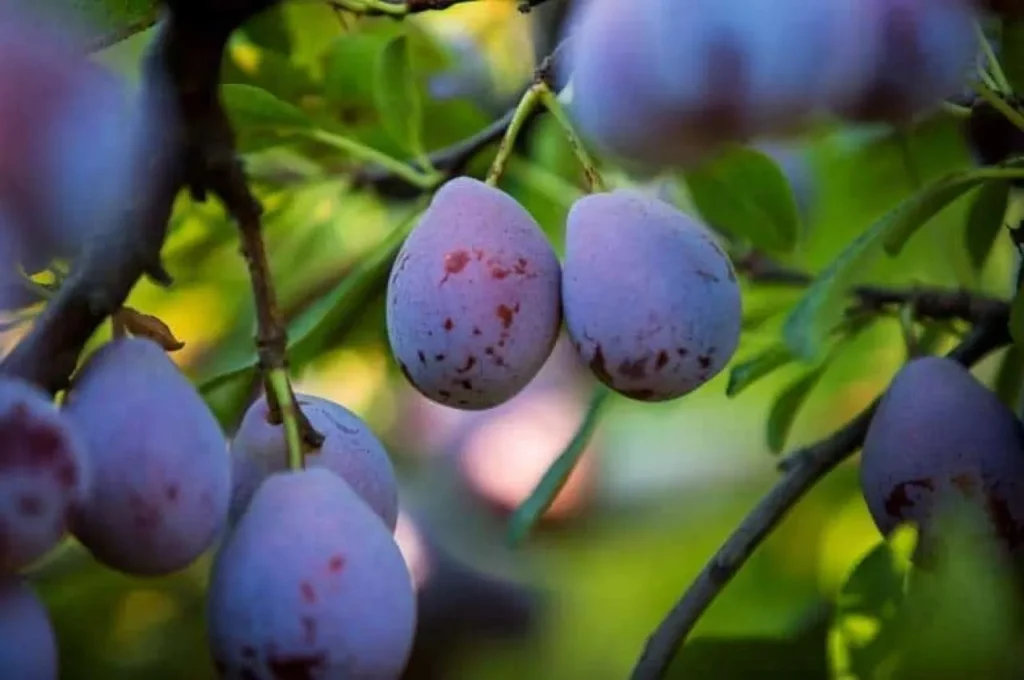
Is Healdsburg still involved in prune farming?
While Healdsburg remains an agricultural town, the focus has shifted primarily to grape cultivation for the wine industry. However, here they still celebrate and remember the legacy of prune farming. This rich history comes not only through the efforts of the Healdsburg Museum, but in the stories and experiences of longtime residents.
Can you buy prunes in Healdsburg today?
Yes, you can still find prunes and prune-related products in Healdsburg. While the town’s agricultural focus has shifted, local markets and stores often carry prunes, preserving a taste of Healdsburg’s history for visitors and residents alike.
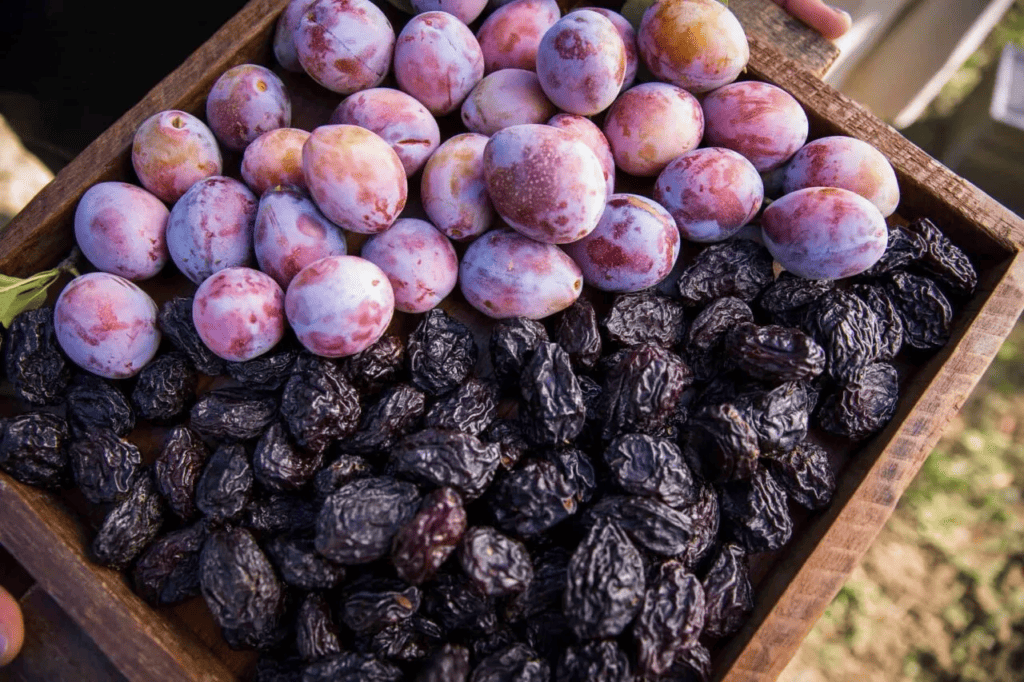
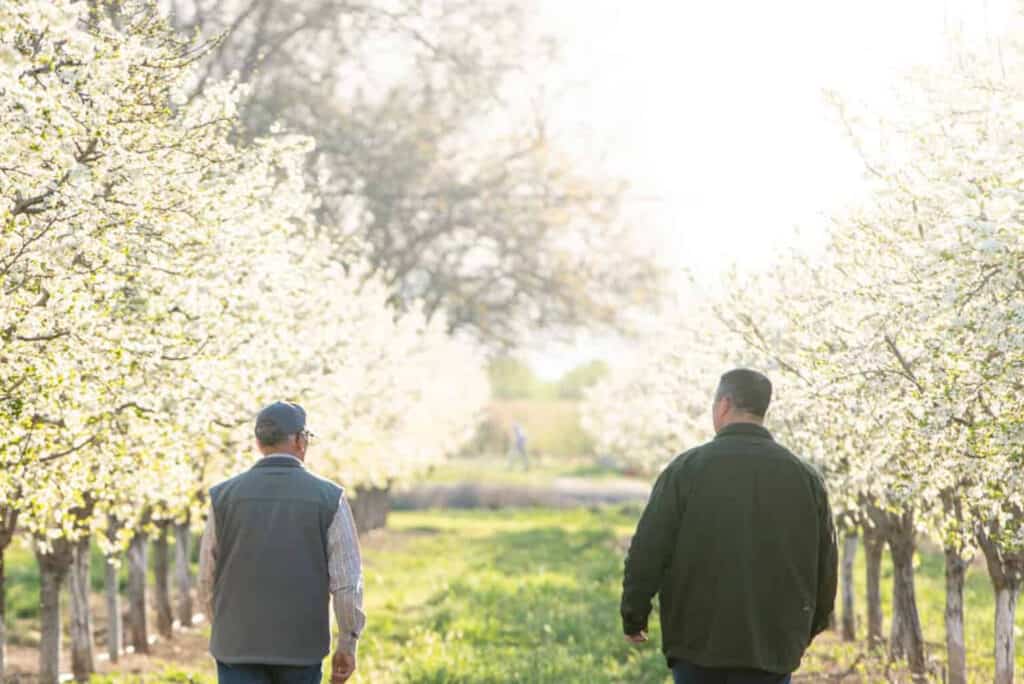
The Prune Blossom Festival: Another piece of history.
The Prune Blossom Festival was an annual event in Healdsburg from 1961 to 1995. People came from all around to see the beautiful prune blossoms in the valleys. The festival featured tours and prune-themed desserts like prune pie and was highly anticipated by both locals and visitors.
The Healdsburg Museum offers a captivating journey through the town’s agricultural heritage, shedding light on the pivotal role of prunes in shaping the community. From the early days of hand-picking and drying prunes to the enduring legacy of the Prune Packers baseball team, Healdsburg’s history is rich with stories of resilience, innovation, and community spirit. Whether you’re a history buff, a fan of local agriculture, or simply looking to explore a charming town with a unique past, the Healdsburg Museum is a must-visit destination.